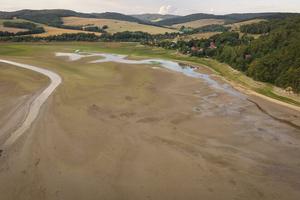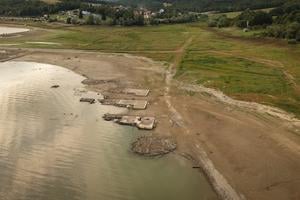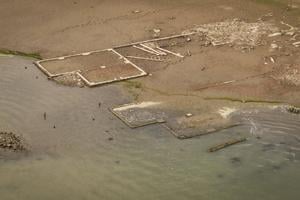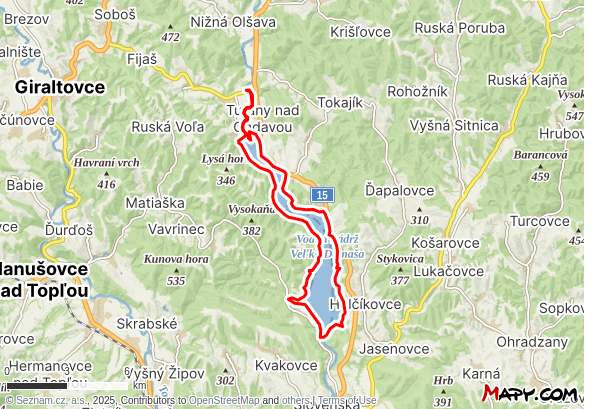A significant archaeological discovery has been made at the Domaša reservoir in eastern Slovakia. Receding water levels have uncovered a burial site dating back to 2nd century AD.
According to Ján Jusko from the Regional Monuments Board in Prešov, the site contains nearly 80 urn graves.
“The urns contain cremated human remains that were placed into vessels and then buried in shallow ground. Thanks to the gradual erosion of the soil caused by the receding water levels, we were able to uncover the burial site,” said Jusko, adding that the cemetery is dated to the Roman era. A more precise dating will follow after a laboratory analysis.

It was visitors who first noticed the exposed site along the shore. Jusko noted that the location had previously been identified as a burial ground in the 1980s, during another similar period when the water levels dropped by roughly 8 metres. This time, the low water levels are due to the lack of rain and snow in earlier months.
“Today, we have both the urns and the remains themselves, but unfortunately we lack iron artefacts that would allow for more accurate dating. That’s why we are comparing the current findings with results from earlier surface-level research,” the archaeologist explained.
The discovery is considered unique for several reasons. “This is the only site in the northern Zemplín region where urn burials have been recorded. The location itself is also exceptional, as such areas are rarely subject to archaeological research,” Jusko added.
Experts believe that a settlement must have existed nearby, though it has yet to be located.


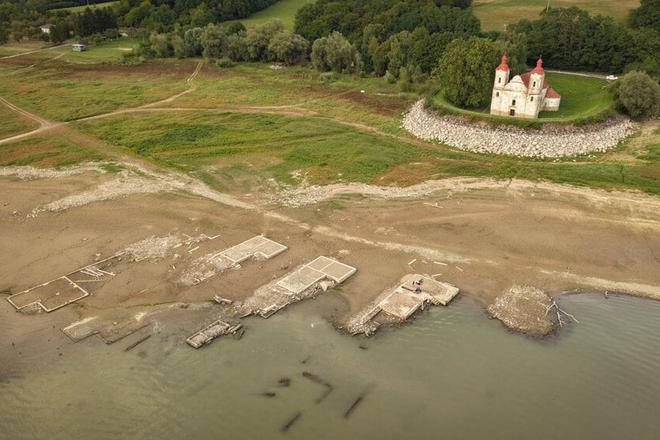 Nearly 80 urns containing cremated remains were uncovered at Domaša, eastern Slovakia. (source: Korzár/M. Medzihradský)
Nearly 80 urns containing cremated remains were uncovered at Domaša, eastern Slovakia. (source: Korzár/M. Medzihradský)
